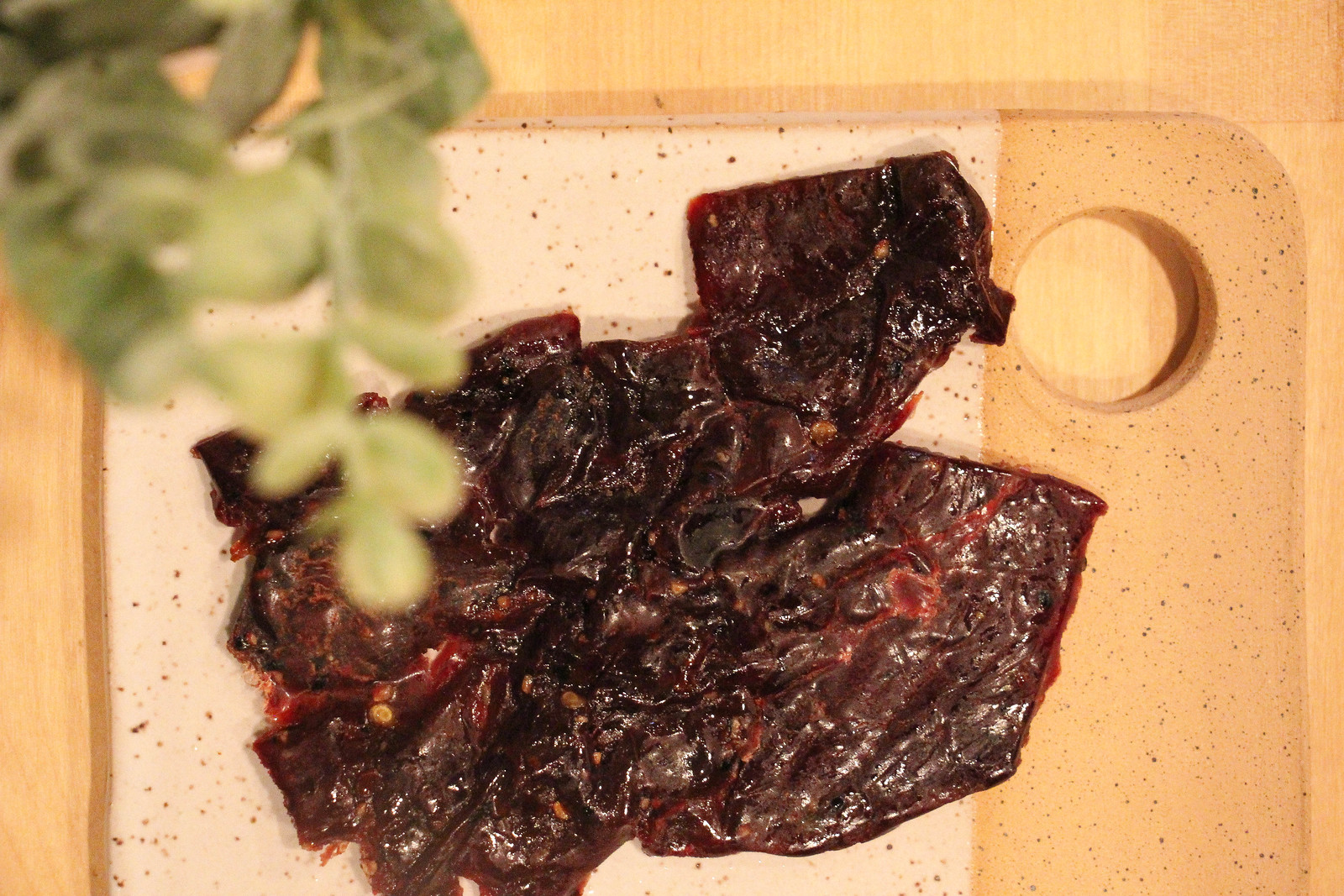
Here's my latest column for the Charleston Gazette-Mail
Cool fall temperatures bring about pickling, preserving and putting up for winter in Appalachia.
The last of the summer bounty – like beautiful tomatoes and fresh greens – has been harvested, and much of it could now be in the form of pickled vegetables, canned goods and preserved fruits.
Produce isn’t the only sustenance needed during the cold winter months, though. It’s not uncommon for folks to have a deep freezer full of local beef or chicken that has been butchered to help feed families all season long. And, then there’s deer season.
Held around Thanksgiving time, deer season creates a hunting tradition each holiday for many families, and the subsequent processing of the meat can help sustain them for months.
My family has hunted for deer so that we could have food on our table, but I’ve never been a huge fan of the flavor. It has a slightly game-y taste that brings a bit of funk to the meal.
My grandma, though, was always able to prepare it in a way that I enjoyed: by making venison jerky.
Not unlike preserving vegetables, making deer jerky is a way to preserve the meat by drying it out, which makes it easy to transport and taste great, too.
The practice of dry preserving meats dates back thousands of years to our hunting and gathering ancestors. Archaeologists have discovered dried meats that are more than 5,000 years old. Cultures around the world have used this technique with the meats available in their region to preserve food.
In Ethiopia, “quant'a” is made from dried beef seasoned with salt and cardamom. In Nigeria, “kilishi” is made of dried beef, sheep or goat with a paste made of peanuts, spices, salt, ground onion and honey. In southern African countries, “biltong” is a form of dried, cured meat. In Norway, there’s “fenalar.” In Switzerland, there’s “bundnerfleisch.” In Spain, there’s “tasajo.”
In South America, Incas used the Quechuan word “ch’arki” for dried meat, which was made of alpaca and llama meat. The word evolved from “ch’arki” to “jerky” through colonization and ultimately became part of our ordinary vocabulary.
In the Appalachian region, Native Americans made jerky from buffalo and berries called “pemmican.” And now, we make jerky from deer, because they are plentiful in the mountains. According to research from onX Hunt, a hunting GPS map website, West Virginia has about a half of a million deer population and about 21 deer per square mile.
West Virginians, like my grandmother, are so enterprising and resourceful when it comes to providing for their families and making the most of what they have available to them. The consumption of venison, and venison jerky, are no different. Because deer are so abundant in the region, Appalachians processed and preserved them in a way that could keep for a season or longer.
Now, if someone could work on making the rest of venison taste as good as the jerky, I’ll be one happy Appalachian.
RECPIPE: Grandma Craft’s Venison Jerky
My grandma is an amazing woman for a number of reasons – not the least of which is because much of what I know about Appalachian food, I learned from her. She took me morel hunting, and she introduced me to venison jerky. This is her personal recipe that she uses to make the venison jerky I enjoy – and I hope you enjoy it, too.
Ingredients:
• 1 pkg. instant meat marinade
• 1 3/4 c. cold water
• 1/2 tsp. liquid smoke
• 1/4 tsp. garlic powder
• 1/4 tsp. onion powder
• 1/4 tsp. black pepper
• 1/2 tsp. tabasco sauce
Directions:
• Cut 1 1/2-2 lbs. venison in strips (with the grain) 6" long, 1 1/2" wide and 1/2" thick. Set aside.
• Mix together the remaining ingredients to make the marinade: instant meat marinade, cold water, liquid smoke, garlic powder, onion powder, black pepper and tabasco sauce.
• Place meat in container and cover with marinade, piercing meat slices deeply with fork.
• Marinate overnight in a covered container in refrigerator.
• Remove meat strips, drain slightly and place on rack, making sure strips do not overlap.
• Place rack over a cookie sheet in a 150-175 degree oven and bake for 3-3 1/2 hrs.
• Remove from oven, cool and store in a covered container in refrigerator.
• NOTE: Since this jerky does not have a preservative like the commercial product of its kind, it is necessary to keep it under refrigeration.
All work property of Candace Nelson. Powered by Blogger.


0 comments